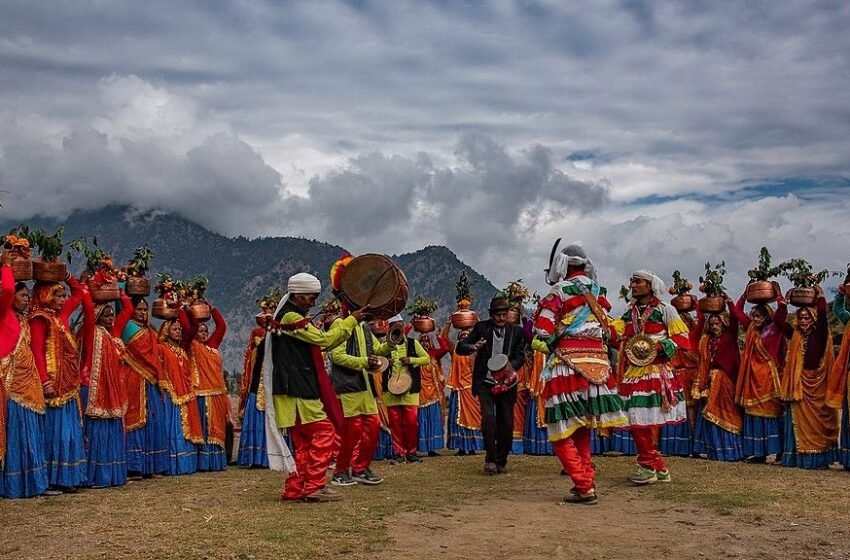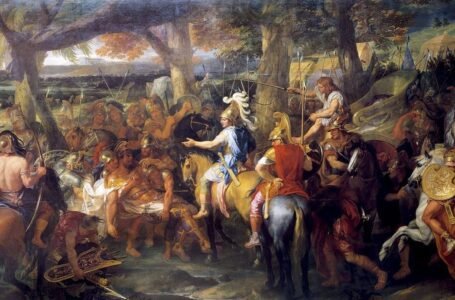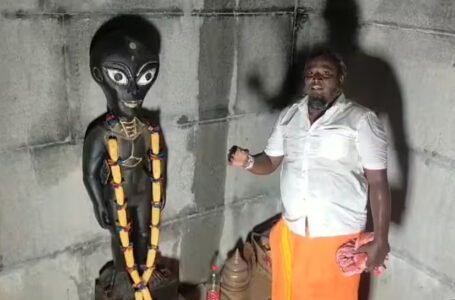Hurka Baul: A Traditional Dance Celebrating Agrarian Life in Uttarakhand

Hurka Baul, a traditional dance of Uttarakhand, epitomizes the harmony between culture, nature, and community. Rooted in the agrarian lifestyle of the Kumaon region, it is much more than a dance—it is a celebration of rural life, agricultural rituals, and the unity of people. With its origins intertwined with the cultivation of paddy and maize, Hurka Baul reflects the rhythmic beauty of farming and serves as an enduring symbol of Uttarakhand’s rich cultural heritage.

The Origins and Meaning of Hurka Baul
The name Hurka Baul derives from two essential elements of the performance: Hurka, a traditional drum that sets the rhythm, and Baul, the songs that narrate tales of valor and daily life. This dynamic combination of music, dance, and storytelling creates a captivating experience for both participants and spectators.
Hurka Baul is performed during specific agricultural seasons, primarily when maize and paddy are cultivated or harvested. It not only marks an important time in the farming calendar but also unites the community in celebration, offering a moment of relief and festivity amidst the hard labor of agriculture.
The Performance Style: Storytelling Through Dance
Hurka Baul is a narrative dance form, combining expressive movements and rhythmic music with storytelling. The performance typically begins with a singer who recounts tales of bravery, historical battles, or rural folklore. These stories often reflect the struggles and triumphs of the community, making the dance deeply personal and relevant to its audience.
The performers, often arranged in two rows, enact the tales with synchronized movements. They enter the stage from opposite sides and use their crisp, deliberate steps to illustrate the unfolding story. Their movements often mimic agricultural tasks like sowing seeds, plowing fields, and harvesting crops, drawing a strong connection between the performance and the rural life it represents.
The Hurka drum plays a pivotal role, providing the sole musical accompaniment. Its rhythmic beats guide the dancers’ steps and set the pace for the narrative, creating a hypnotic atmosphere that draws the audience into the story.
Costumes and Aesthetic Appeal
The costumes worn during the Hurka Baul dance are simple yet vibrant, reflecting the rural charm of Kumaon. Men often wear traditional attire, such as colorful turbans and dhotis, while women don sarees in bright hues. The dancers’ attire enhances the visual appeal of the performance, making it a feast for the eyes.
The setting of the dance adds to its charm. Performed in open fields or village courtyards, Hurka Baul often unfolds against the serene backdrop of the Kumaon hills. This connection to nature enhances the authenticity of the performance and creates a harmonious blend of art and environment.
Cultural and Social Significance
Hurka Baul is not just a dance but a reflection of the Kumaoni people’s way of life. Its themes celebrate the resilience and unity of rural communities, highlighting their connection to the land and their shared cultural identity.
The dance also serves a social purpose. It brings together villagers during significant agricultural seasons, fostering a sense of camaraderie and collective joy. Through its stories of heroism and hard work, Hurka Baul inspires pride and motivation among its audience, making it an integral part of community life.
Challenges in Modern Times
Despite its cultural importance, Hurka Baul is now rarely performed. The rise of modern farming techniques and changing lifestyles have diminished the reliance on traditional practices, including the dance. Mechanized farming has replaced much of the communal effort that once brought people together, reducing the occasions for such performances.
Additionally, the migration of younger generations to urban areas has led to a decline in the number of performers and audiences. This has raised concerns about the preservation of Hurka Baul as a cultural tradition.
Efforts to Revive Hurka Baul
Recognizing its cultural value, several initiatives have been undertaken to revive and promote Hurka Baul. Local cultural organizations and state authorities have included it in festivals and cultural programs, providing a platform for its performance.
Efforts are also being made to document the dance form, including its songs, stories, and movements, ensuring that future generations can learn and appreciate it. Schools and community centers in Uttarakhand are incorporating Hurka Baul into their cultural curricula, encouraging young people to participate in and preserve this tradition.
The Allure of Hurka Baul: A Timeless Tradition
In the tranquil landscapes of Uttarakhand, the Hurka Baul dance stands as a beacon of cultural pride and artistic expression. Its rhythmic movements, vibrant costumes, and evocative storytelling capture the essence of rural life and celebrate the indomitable spirit of farming communities.
Though it faces challenges in a rapidly modernizing world, Hurka Baul continues to inspire awe and admiration. For those who witness its performance, it offers a glimpse into the soul of Uttarakhand, where tradition and nature come together in perfect harmony.
Conclusion
Hurka Baul is more than just a seasonal dance—it is a tribute to the agrarian roots of Uttarakhand and a celebration of its cultural heritage. By preserving and promoting this traditional art form, we not only honor the history and values of the Kumaoni people but also ensure that future generations can experience the joy and beauty of Hurka Baul.
In a world where traditions are rapidly fading, Hurka Baul reminds us of the importance of staying connected to our roots. As we celebrate its vibrant rhythms and heartfelt narratives, we are reminded of the timeless bond between humanity, nature, and art.


